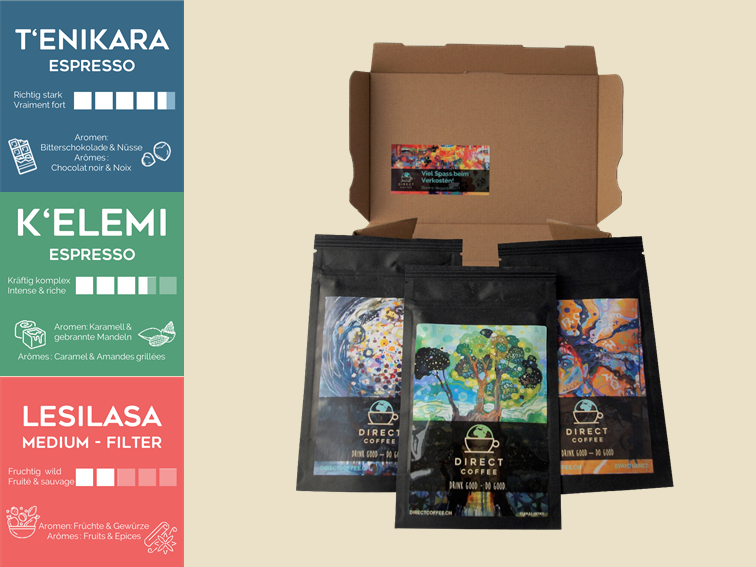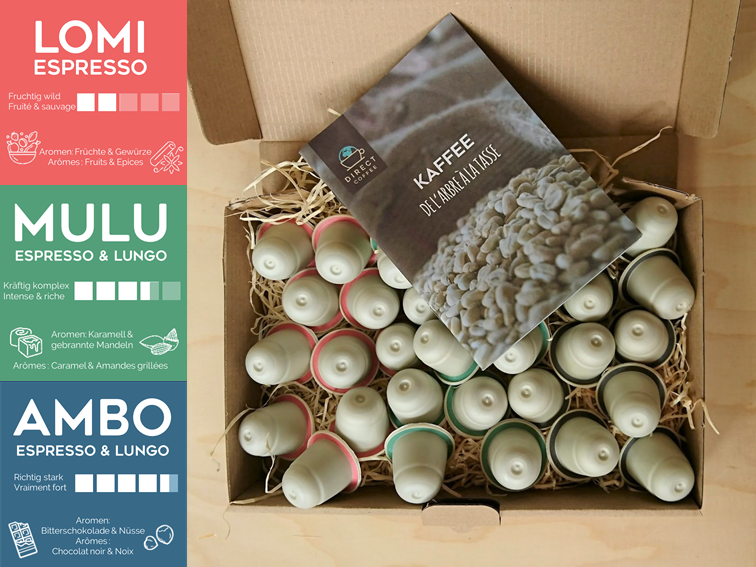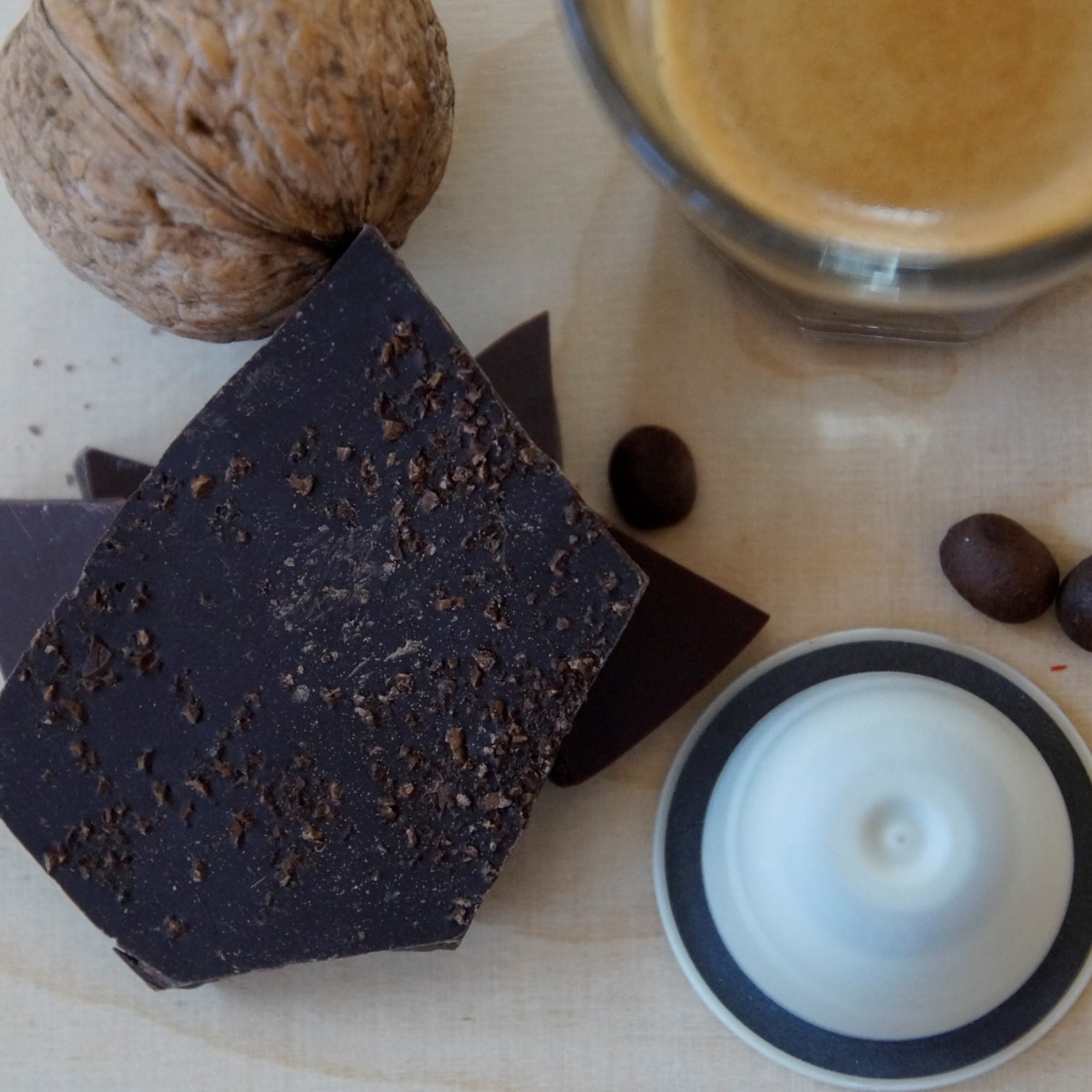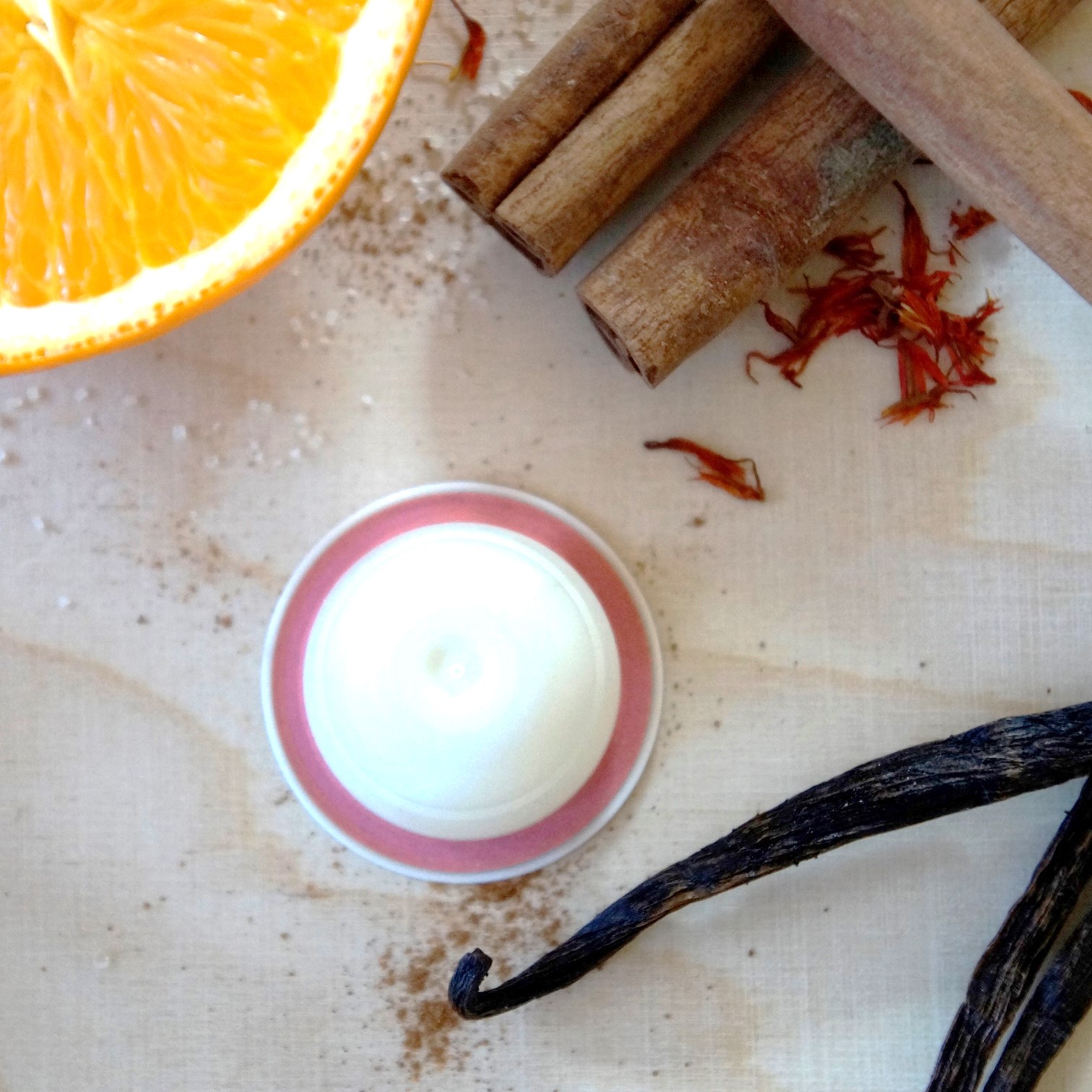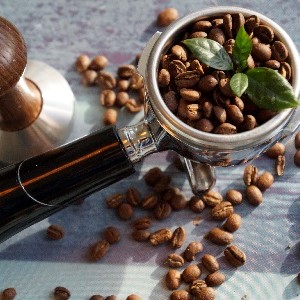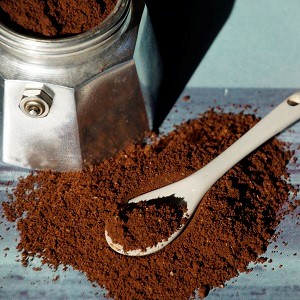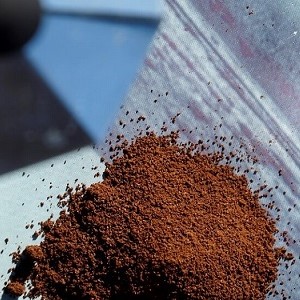Roast coffee properly
Traditional roasting instead of industrial burning – this is the principle of our roasting master Philippe.
Philippe has loved Ethiopian coffee for decades and knows exactly what a forest coffee needs to show its best side.
Philippe has loved Ethiopian coffee for decades,
Coffee roasting: Art and Science
When the coffee beans arrive at our farm, they have a beige-greenish colour and smell a bit of hay. As great as the aroma profile of the beans may be, we only like them when they are roasted! This is because the roasting process brings the aromas to life. A really good roasting master therefore looks for the perfect balance between its natural flavours and the roasting aromas, which belong to the coffee taste we know. In order to do this, he of course needs to know the chemical processes in detail, but without experience and feeling, it wouldn’t work.
Decisive seconds
In drum roasters, the coffee beans are heated to a maximum of 200 degrees celsius. Philippe gives them plenty of time to roast down to their innermost core: It can take up to 15 or 18 minutes. In the last few minutes, it is particularly important that the roasting master observes the beans closely. Seconds can decide the taste of coffee. At this stage the cholorgenic acid, which is natural but not particularly good for the human stomach, is broken down, the fructose of the coffee bean is caramelised and the roasting aromas develop. If the coffee is roasted for too long, the valuable aromas can evaporate and only the bitter taste of burned aromas remains.
The tricks of the industry
There is no time for slow roasting in industrial processes. Instead of the traditional drum roaster, which takes about 15 minutes, the coffee beans in industry are shock-roasted in just 90 seconds. The lack of time is supposed to be compensated by the more than twice as high temperature of 500°C. The result of all this haste is that the beans are burned outside and the chlorogenic acid is not sufficiently degraded inside. The coffee tastes burnt and is also bad for the stomach. You can do that – if the quality of the green coffee was not good anyway and you want to cover it up with a strong roasting aroma.
For specialty coffee, however, it is the wrong technique. And that’s why our coffee is roasted evenly and with the necessary amount of patience. So that the natural coffee flavours, which emerged from the elaborate cultivation methods of the coffee farmers in Ethiopia, can fully unfold.
For specialty coffee, however, it is the wrong technique. And that’s why our coffee is roasted evenly and with the necessary amount of patience. So that the natural coffee flavours, which emerged from the elaborate cultivation methods of the coffee farmers in Ethiopia, can fully unfold.
